At the beginning of the 20th century, many cities were still free of light pollution, and even from their city centres it was possible to see thousands of stars. On cold winter nights, in a neighbourhood of Lleida, in the north of Spain, a boy would slip outside before dawn to cool off a little from the heat of the oven in his father’s bakery. Seeing the multitude of stars, he used to imagine that around each one were orbiting other planets, that on these planets there should be civilisations and that on some of them there should be bakers. He played at guessing whether there was a planet circling any of those stars on which another baker was resting in the cool air, looking up at our Sun. That baker’s apprentice was Joan Oró, who in time became a world-renowned biochemist and astrobiologist. His first approach to one of the great questions of science was simple but correct. Just as there is life on this world, why shouldn’t it exist on others? But the story of the search for extraterrestrial life has not been a straightforward one, and along the way there have been advances and setbacks. Here we review some of the most important ones.
A Martian Civilization | 1895
Percival Lowell, the astronomer who kick-started the discovery of Pluto, is also known because he observed a series of straight lines from the poles to the equator of the planet Mars. Inspired by the great engineering works of his time, the Panama Canal and the Suez Canal, he assumed that they were mega engineering works from a much more advanced civilization to manage water. Later observations showed that there were no such channels. In fact, what Lowell probably saw were the blood vessels in his own eyes and they appeared to him as channels on the red planet. Imagination and his desire to find something out there did the rest.
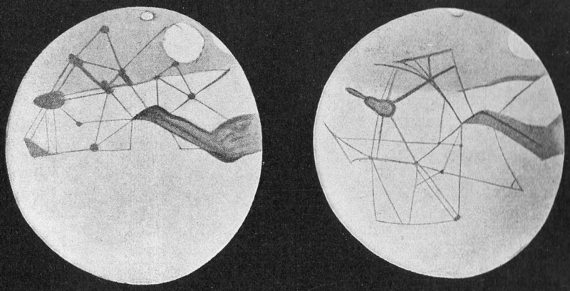
Dinosaurs on Venus | 1950
Venus is a planet permanently covered by a dense layer of clouds. The widespread idea that there was life on neighbouring planets such as Mars, popularised ideas more suited to science fiction than to science, like the one narrated in “Mr Smith Goes to Venus”, in which dinosaurs roam Venus. In the 1960s and 1970s, this possibility was completely ruled out. Space probes Venera 4 (1967) and Pioneer Venus (1978) confirmed what Carl Sagan had predicted in his doctoral thesis, that Venus is a planet ravaged by the greenhouse effect, with a surface temperature of 470 °C. We now know that the clouds are composed mostly of sulfuric acid.

The Sphinx of Mars | 1976
The Viking probes had the mission of exploring Mars, both through analysis of its chemical composition and by taking photographs of its surface. Among the large number of photos sent by the Viking probe, one stands out, that of the face of Mars, in which you can see a mountain with the appearance of a human face. For decades this was used in magazines and mystery shows to speculate about a past civilization on Mars. We had to wait until 2001, when the Mars Global Surveyor obtained high-resolution photos of the face of Mars without shadows. It turned out to be pareidolia; there was no sphinx on Mars.
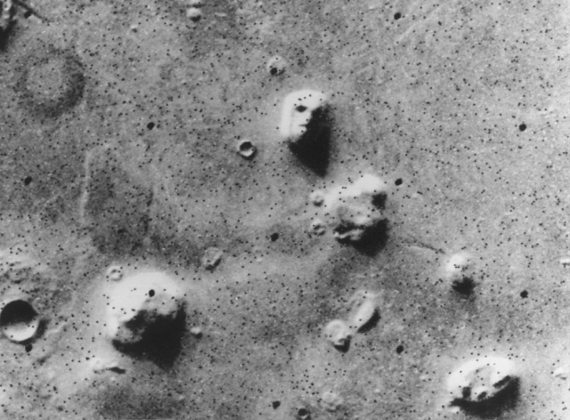
The ‘Viking’ probe, two positives and one negative | 1976
In the 1970s, Martian science fiction was very popular and it was undoubtedly the fashionable world to go looking for life outside the Earth. NASA sent two probes, the Vikings, which landed on its surface with several experiments to find life. Far from the civilizations imagined by Lowell, the objective was humbler: to find microbes. The experiments were based on collecting soil samples and “feeding” those samples to see the results: initially two of the three samples were positive and the other negative. However, there was not much certainty in the results, as other processes in which life was not involved could also explain what was observed. After more than forty years, these experiments are considered inconclusive, although some controversy still rages.

Wow! signal: a lost extraterrestrial call | 1977
Could radio waves, which support technologies such as mobile phones, be used to talk to an alien civilisation? This is what the Big Ear Radio Telescope was trying to clarify by looking for radio signals in the sky, when on August 15th at 23:16, a peak 30 times higher than usual was received, just at the best frequency for communication between worlds. For decades, natural, artificial or instrumentation sources have been ruled out and the area of the sky has continued to be observed, hoping for the signal to be repeated. Even today the signal remains unexplained and is one of the greatest mysteries in the search for extraterrestrial life.
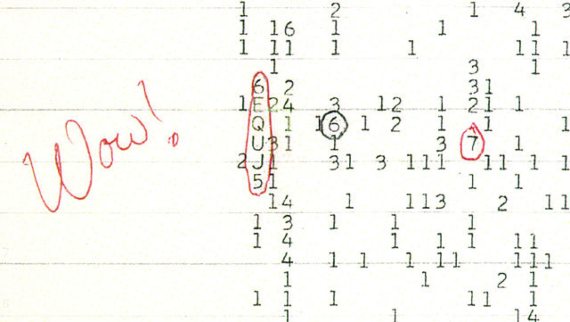
ALH84001, a meteorite with a worm | 1984
In 1984 a meteorite from Mars was discovered in Antarctica. It had arrived on Earth after a huge impact on the Martian surface ejected a piece of material into space that eventually reached the Earth. At first it looked like just another meteorite, until NASA announced that it had found a possible primitive microscopic life form fossilised 3 billion years ago. The announcement was a bombshell, but soon articles appeared challenging the Martian explanation and calling for its retraction. The controversy continues with new evidence, although the general tendency is to think that it was an incidence of terrestrial contamination.
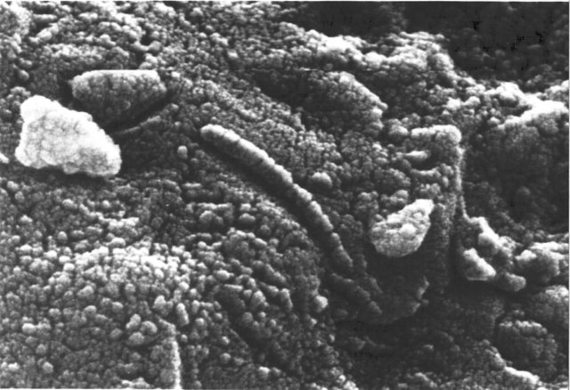
Methane on Mars | 2004
Some chemical compounds are closely related to life, so much so that detecting one of these molecules on another world is almost like detecting life. We call them biomarkers. In 2004, the European Space Agency’s (ESA) Mars Express probe detected what looked like methane, one of the clearest biomarkers. But in 2013, the matter took a turn when the rover Curiosity detected that methane varied seasonally. Things were getting complicated. In 2016, ESA’s ExoMars probe arrived on the red planet with a specific detector to remove any doubts, and gave us the most convincing result: it found no methane on Mars. We will still have to wait to find out where this alleged Martian methane came from, as well as when and why.
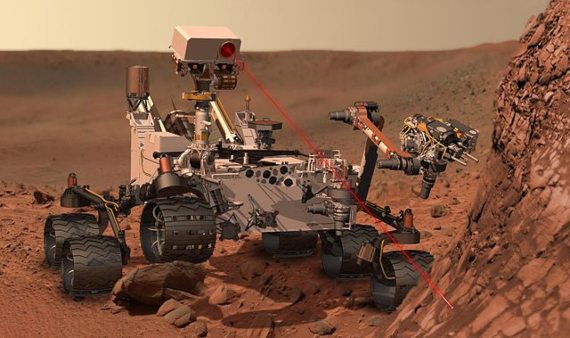
Phosphane on Venus | 2020
With a surface temperature of a scorching 470 °C and the pressure a crushing 90 atmospheres, Venus does not seem to be an auspicious place to look for life. However, the detection of phosphane, a biomarker, has set off alarm bells among researchers who study one of the closest planets to Earth. Life would have to survive floating in the clouds some 30km above the surface as colonies of microorganisms; in that environment the temperature and pressure are similar to those of our planet, so it would meet the basic requirements of habitability. However, a few weeks after the discovery, another team labelled it an error, and we are probably facing the beginning of a controversy similar to the mysterious methane of Mars.
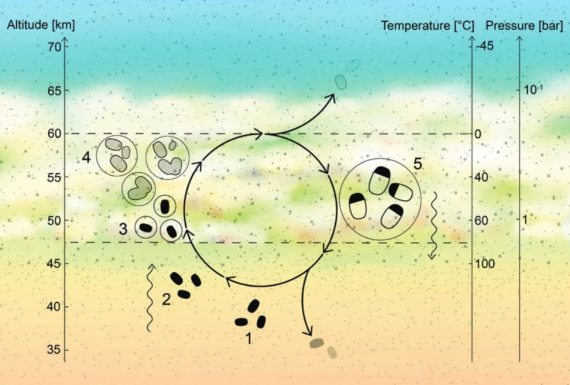
Is there extraterrestrial life? The answer is no. For the moment at least, we do not have any evidence that is strong enough to say that there is, or has been, life outside our planet. We have a couple of clues on Mars and Venus, a few promising sites and a handful of false alarms, but the future is bright and exciting.
Comments on this publication